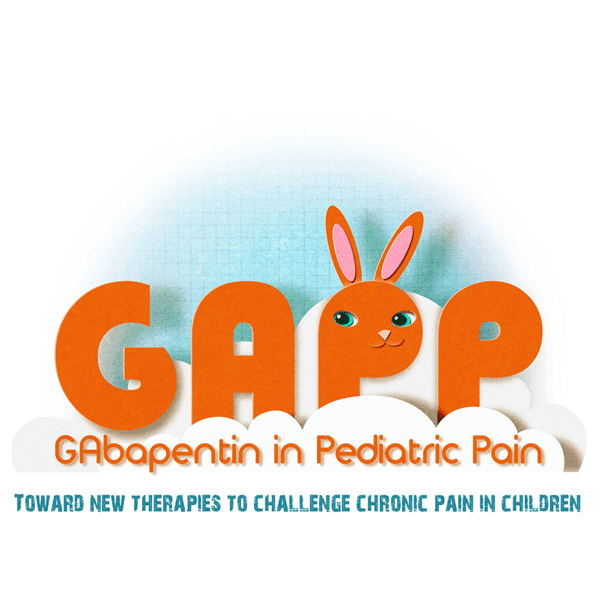

At the moment the paediatric use of gabapentin in children is hampered by two main factors:
1) The lack of a suitable oral formulation that complicates the treatment in younger patients, also in the approved indication (epilepsy). The main concern with the already available formulations in Europe (capsules and tablets) relates to the difficulty for children aged < 6-8 years to swallow tablets. Currently, in many hospitals or home settings, tablets are crushed and diluted in various drinks. This is a very risky practice, in particular when these extemporaneous preparations are made at home without any appropriate control. Thus, an ad hoc strength drug preparation is required to allow appropriate and controlled administration in children without gross errors.
2) The limited information on the safety profile of gabapentin in the paediatric population. Indeed, gabapentin is currently prescribed in children merely upon efficacy and safety data extrapolated from adult clinical trials.
The lack of evidence-based data to support any effective treatment of chronic pain with a neuropathic component in children is further underlined in the “WHO guidelines on the pharmacological treatment of persisting pain in children with medical illnesses” (2012), where the need to conduct appropriately controlled randomised clinical trials with gabapentin is listed among the priorities. To further support the above considerations, the WHO guidelines call upon the scientific community to invest in clinical research on the safety and efficacy of pain-relieving medicines specifically in children with persisting pain due to medical illnesses.